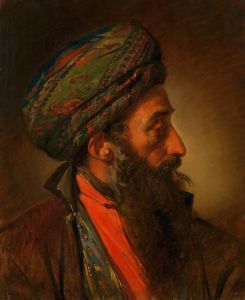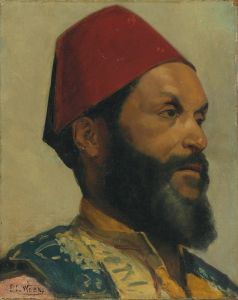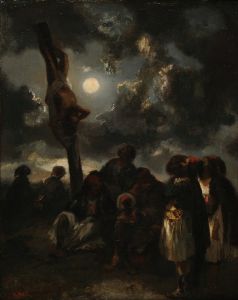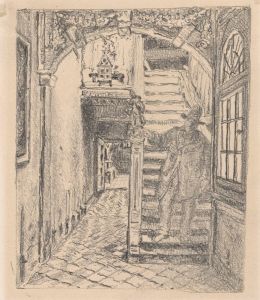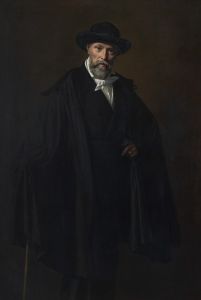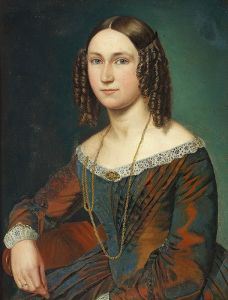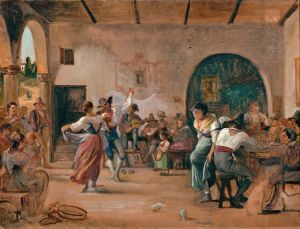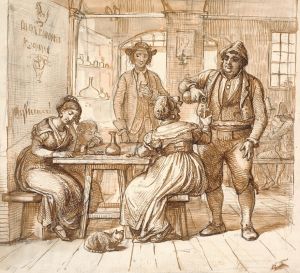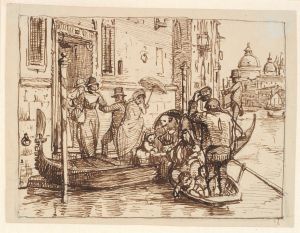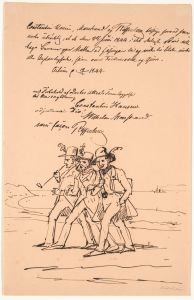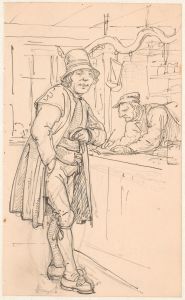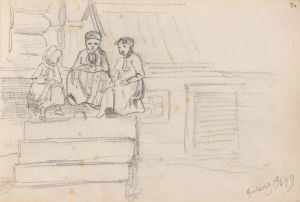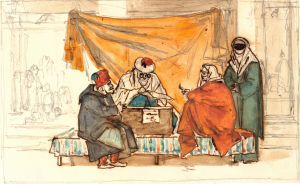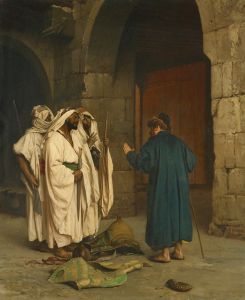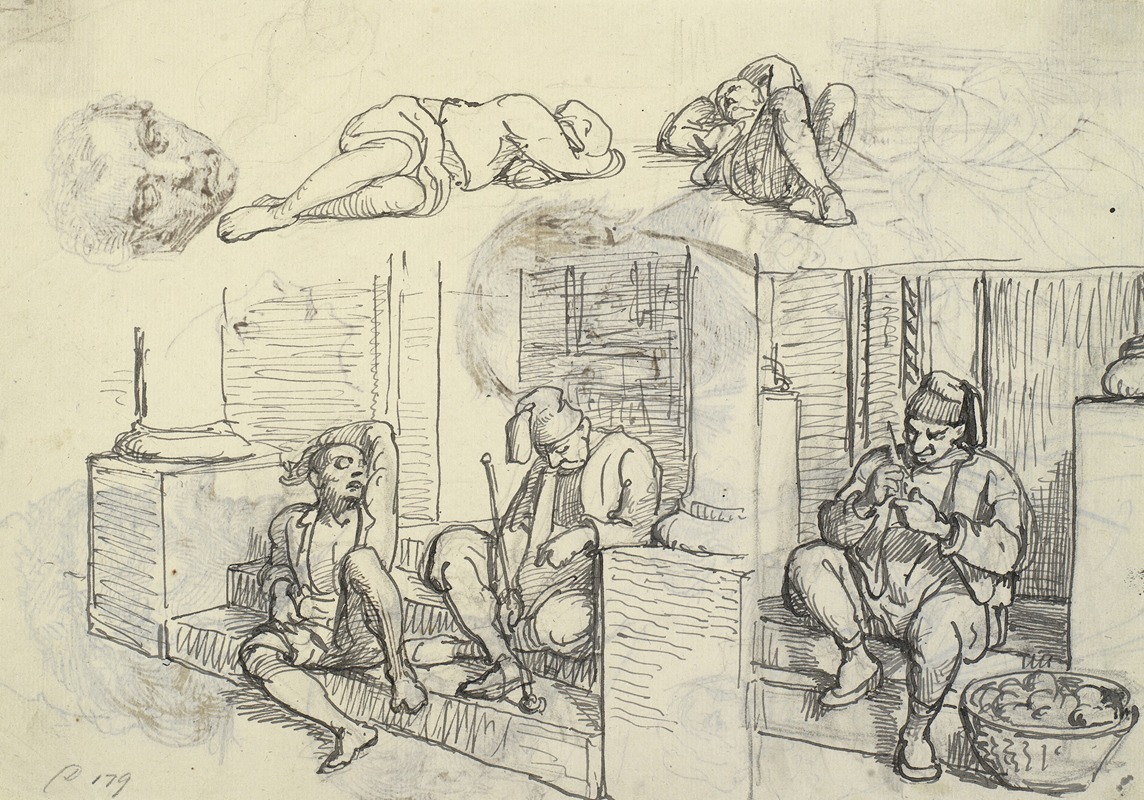
Studier af tyrk og lazzaron på en trappe
A hand-painted replica of Wilhelm Marstrand’s masterpiece Studier af tyrk og lazzaron på en trappe, meticulously crafted by professional artists to capture the true essence of the original. Each piece is created with museum-quality canvas and rare mineral pigments, carefully painted by experienced artists with delicate brushstrokes and rich, layered colors to perfectly recreate the texture of the original artwork. Unlike machine-printed reproductions, this hand-painted version brings the painting to life, infused with the artist’s emotions and skill in every stroke. Whether for personal collection or home decoration, it instantly elevates the artistic atmosphere of any space.
Wilhelm Marstrand was a Danish painter known for his vibrant and lively depictions of everyday life and historical scenes. One of his notable works is "Studier af tyrk og lazzaron på en trappe," which translates to "Studies of a Turk and a Lazzarone on a Staircase." This painting exemplifies Marstrand's keen interest in capturing diverse cultural elements and his skill in portraying human figures with dynamic expression and detail.
Marstrand was born in Copenhagen in 1810 and became a prominent figure in the Danish Golden Age of painting. He studied at the Royal Danish Academy of Fine Arts and later traveled extensively throughout Europe, including Italy, which had a significant influence on his work. His travels exposed him to various cultures and lifestyles, which he often incorporated into his art.
"Studier af tyrk og lazzaron på en trappe" reflects Marstrand's fascination with the Mediterranean region and its people. The painting features two distinct figures: a Turk and a Lazzarone. The term "Lazzarone" refers to the street people of Naples, often depicted in 19th-century art and literature as carefree and colorful characters. Marstrand's choice to juxtapose these two figures on a staircase suggests a meeting of different worlds and cultures, a theme that was common in his work.
The composition of the painting is carefully constructed to highlight the contrast between the two figures. The Turk is depicted in traditional attire, complete with a turban and flowing robes, exuding an air of dignity and mystery. In contrast, the Lazzarone is portrayed in more casual, perhaps ragged clothing, embodying a sense of spontaneity and nonchalance. This contrast not only emphasizes the cultural differences but also showcases Marstrand's ability to capture the essence of his subjects through clothing, posture, and expression.
Marstrand's use of light and shadow in the painting adds depth and dimension, drawing the viewer's eye to the interaction between the two figures. The staircase serves as both a physical and metaphorical platform for this encounter, symbolizing the intersection of different cultures and social classes. The setting also allows Marstrand to experiment with perspective and spatial arrangement, demonstrating his technical prowess.
Throughout his career, Marstrand was celebrated for his narrative ability and his talent for infusing scenes with life and emotion. His works often contained elements of humor and social commentary, reflecting his observations of the world around him. "Studier af tyrk og lazzaron på en trappe" is no exception, as it captures a moment of cultural exchange with a sense of curiosity and respect.
Marstrand's contributions to Danish art were significant, and he left a lasting legacy through both his paintings and his role as a professor at the Royal Danish Academy of Fine Arts, where he influenced a new generation of artists. His works continue to be studied and appreciated for their artistic merit and their insightful portrayal of 19th-century life and culture.
In summary, "Studier af tyrk og lazzaron på en trappe" is a testament to Wilhelm Marstrand's skill as a painter and his interest in cultural diversity. Through his careful composition and attention to detail, Marstrand invites viewers to explore the rich tapestry of human experience, making this painting a valuable piece of art history.





